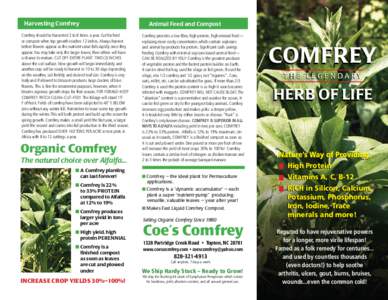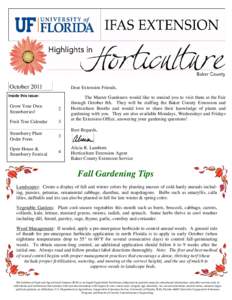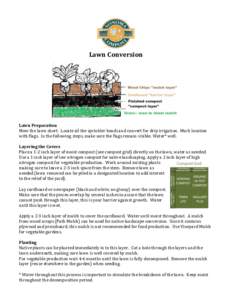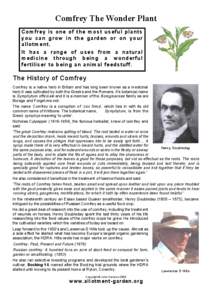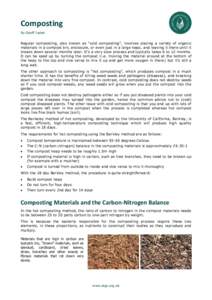<--- Back to Details
| First Page | Document Content | |
|---|---|---|
 Date: 2007-11-03 06:12:52Comfrey Caffeic acid Salvia officinalis Melissa officinalis Honeysuckle Matricaria chamomilla Chlorogenic acid Lonicera japonica Borage Medicinal plants Herbs Asterids |
Add to Reading List |
 NATURAL ANTI-IRRITANT PLANTS
NATURAL ANTI-IRRITANT PLANTS